Mount Kurama
Mount Kurama
Mount Kurama - The Cradle of Reiki
Based on Reiki history, Mikao Usui, the founder of Reiki, achieved his enlightenment on Mount Kurama, located in northwest Kyoto, Japan. Mount Kurama is recognized as a place of intense energy, ideal for meditation, inspiration, and empowerment. It is a lush natural environment filled with verdant vegetation, flowing water, and abundant life. Mount Kurama is naturally powerful in terms of energy. Exploring its trails provides an invigorating experience, accompanied by birdsong in a welcoming landscape. During spring and fall, when the cherry (sakura) blossoms bloom and change color, the spectacle becomes even more inspiring. Due to the combination of its beauty and energy, Mount Kurama is currently home to many Buddhist and Shinto temples and shrines, including one of the most famous, Kurama Temple. It is a majestic place that offers a rich experience for the traveler who wishes to explore beyond Kyoto, with its magical temple and lush cedar forests. In short, Mount Kurama is a mystical place of great serenity, suitable for everyone, and the birthplace of Reiki.
Mount Kurama
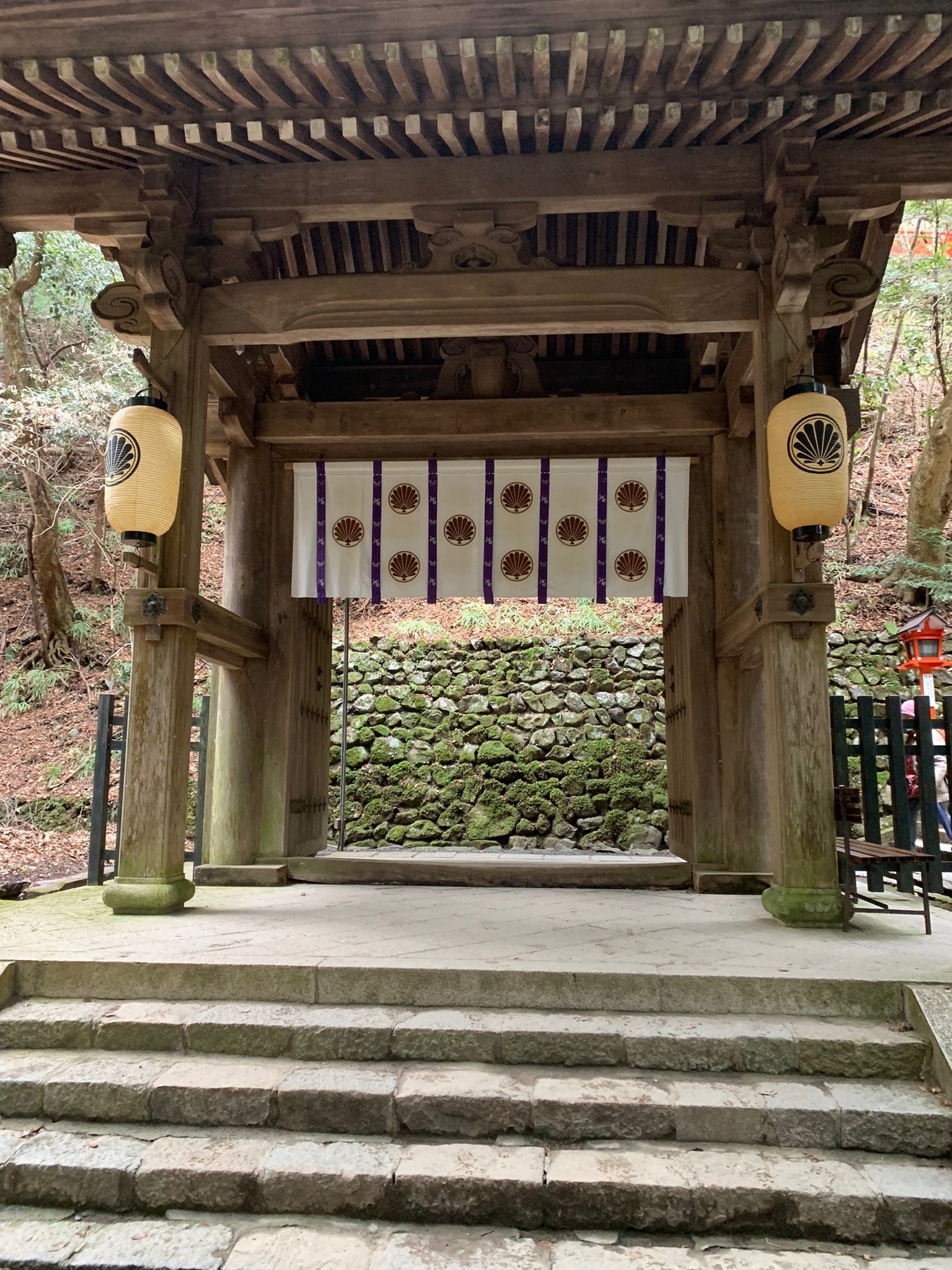
Mount kurama
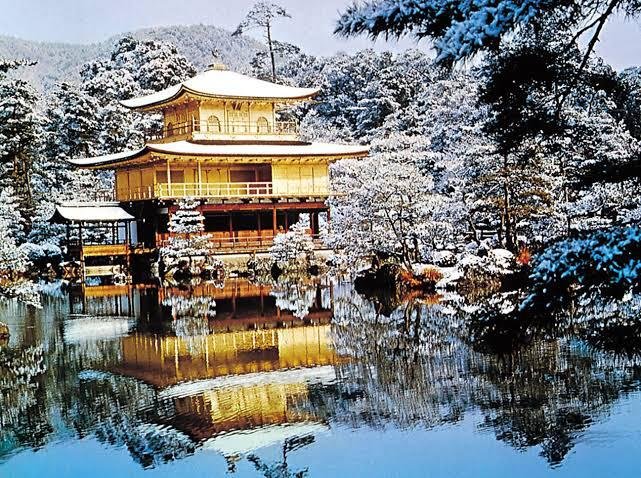
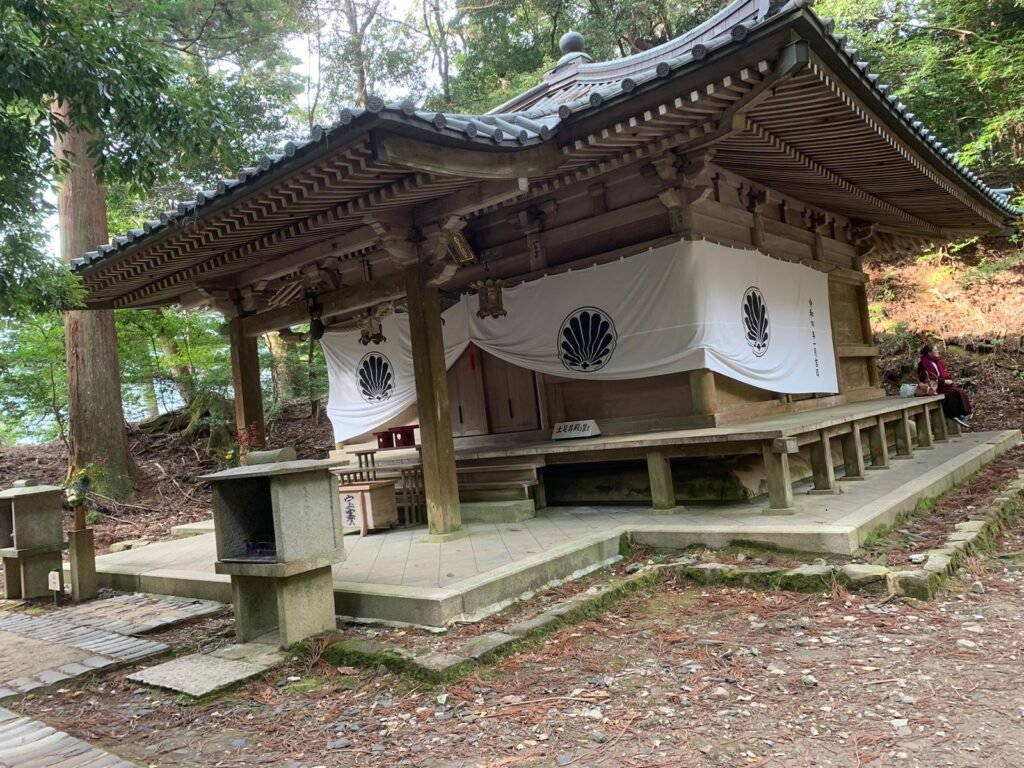
What practices did Master Usui do on Mount Kurama?
In his search for a peaceful and happy life, Master Usui devoted three years to study at the temple on Mount Hiei in Kyoto, and also practiced meditation on Mount Kurama in 1922. As a result of his efforts, he attained insight into Reiki, the Vital Energy of the Universe, and developed a method for “Enhancement of Body and Mind.
In March 1922, Usui climbed Mount Kurama, located on the outskirts of Kyoto, where he stayed for 21 days. On the night of the 21st day, he had a profound perception of the vital energy present in the universe, resulting in a moment of enlightenment known as Anshin Ritsumei. This was his second moment of enlightenment, the first occurring around 1920 when he found a passage in a sutra that inspired him to create the precepts he wrote.
Regarding Master Usui’s practices during his retreat on Mount Kurama, there is speculation about Morning Star meditation, as suggested by authors such as Mark Hosak. This form of meditation was adopted by the Shingon school, and Mark Hosak even created a style of Reiki called Shingon Reiki, based on Buddhist teachings from this perspective.
The meditation consisted of repeating a mantra a million times, a practice still performed by followers of the Shingon school, founded by the monk Kukai on Mount Koia.
The mantra used is the following:
Nôbô akyasha kyarabaya on arikya mari bori sowaka (Jpn)
Namo Âkâsagarbhaya om ârya kamari mauli svâhâ (Skt)
“We pay homage to the great Space Bearer who holds a flower, wears a garland and a crown of jewels, so be it.”
Although there is an association between this mantra and Kokuzo Bosatsu, the “Great Bearer of Space, of the Universe,” because of Master Usui’s frequent reference to the energy of the Universe in his teachings, there are no concrete records that he practiced this particular meditation.
However, we do know that Master Usui studied in the Tendai school, at the Enryaku Temple in Kyoto. The Tendai school has an interesting factor, which is the reconciliation with Shintoism, teaching that everything has a buddha nature and that everyone has the ability to attain enlightenment. In addition, it incorporates elements of Japanese culture, such as poetry. This inclusive and comprehensive approach can be seen in Master Usui’s own discourse in his manual, where he indicates that a practitioner can attain the “mind of a god” or of Buddha.
The Tendai school also developed its own esoteric concepts known as Mikkyo or Taimitsu Tendai. The Tendai school practices different types of meditation such as Shamatha, Vipashana, Sati (mindfulness), and visualization. Given so many cultural aspects, there is no certainty about the specific practices Master Usui performed on Mount Kurama.
So! What is truly important to us?
In April 1922, Master Usui founded a school to teach his method, called Shin Shin Kaizen Usui Reiki Ryoho – Usui’s Universal Energy Treatment Method for the improvement of body and mind. This method is based on a philosophy of life and therapeutic practice that is not dogmatic and is accessible to all. Despite Master Usui’s extensive experience in both Shintoism and Buddhism, the teaching of Usui Reiki Ryoho is neither dogmatic nor religious. Its purpose is to help people find their own coherence and understanding of life, relieving their imbalance through the application of Reiki.
Therefore, a Reiki practitioner can follow any religion or even have no religion, because the practice of Reiki is not restricted to any religious realm. We live a philosophy of life that is common to all societies and practice a therapy of the bioenergetic field.
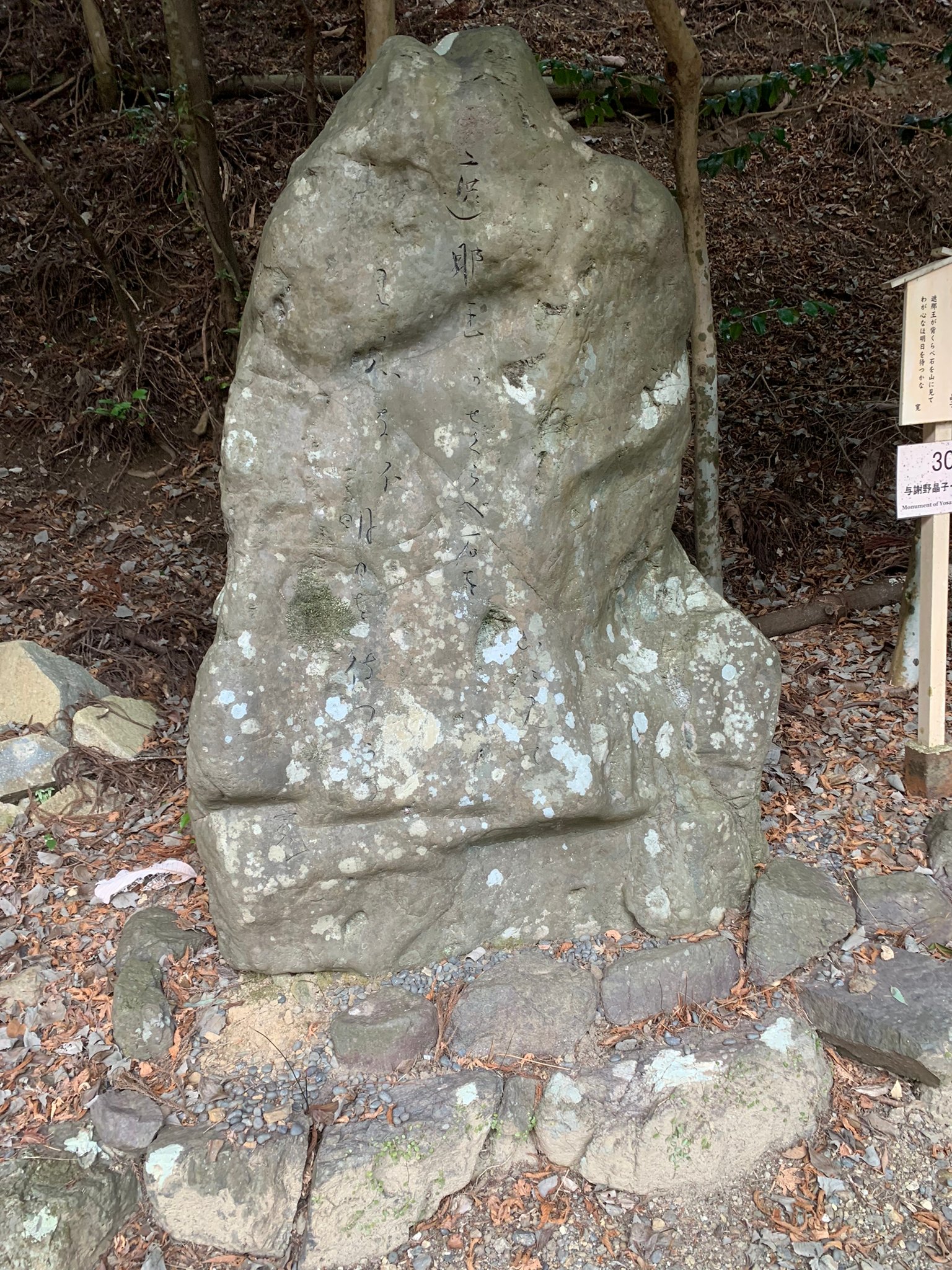
travel on Mount Kurama
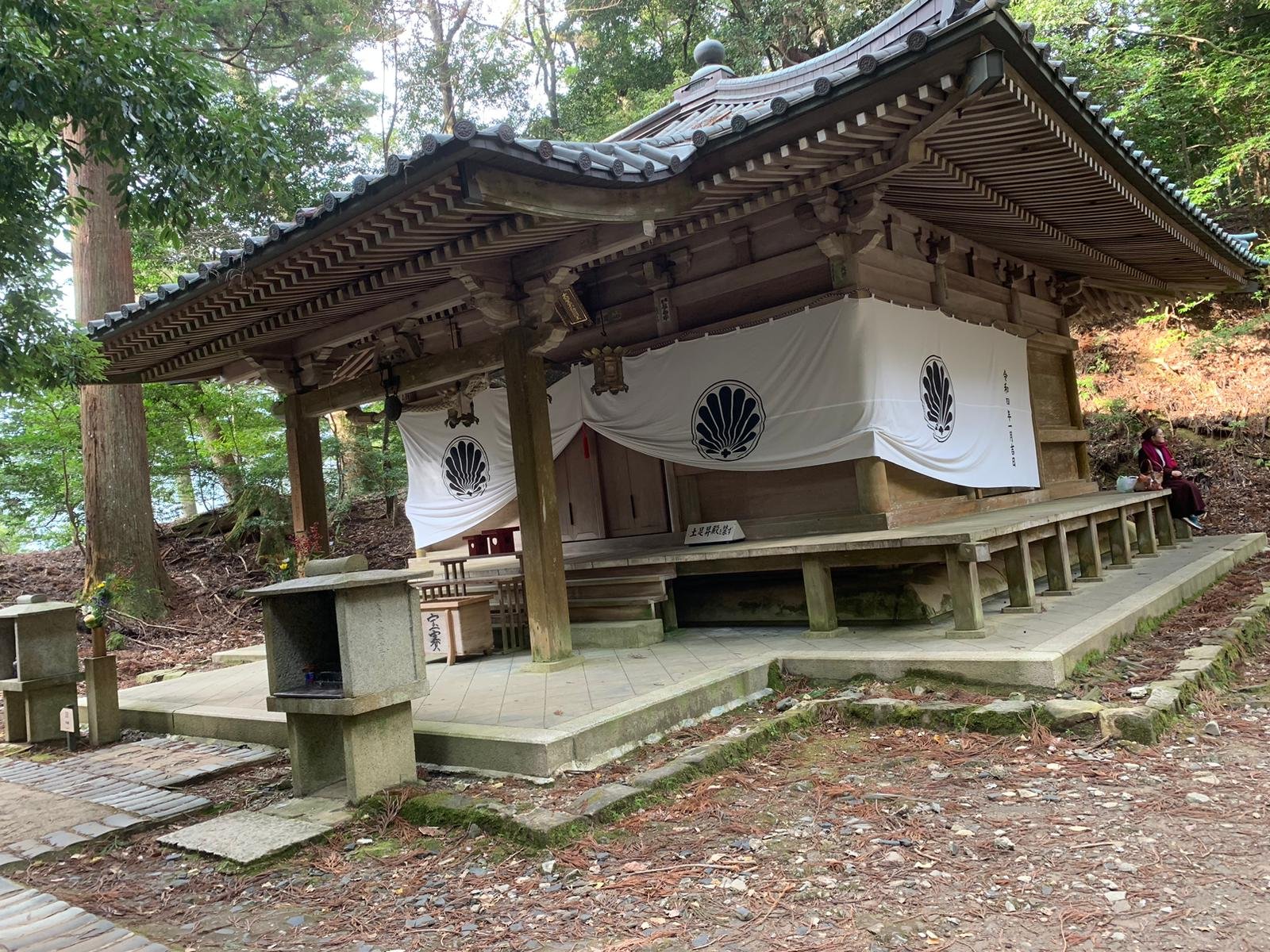
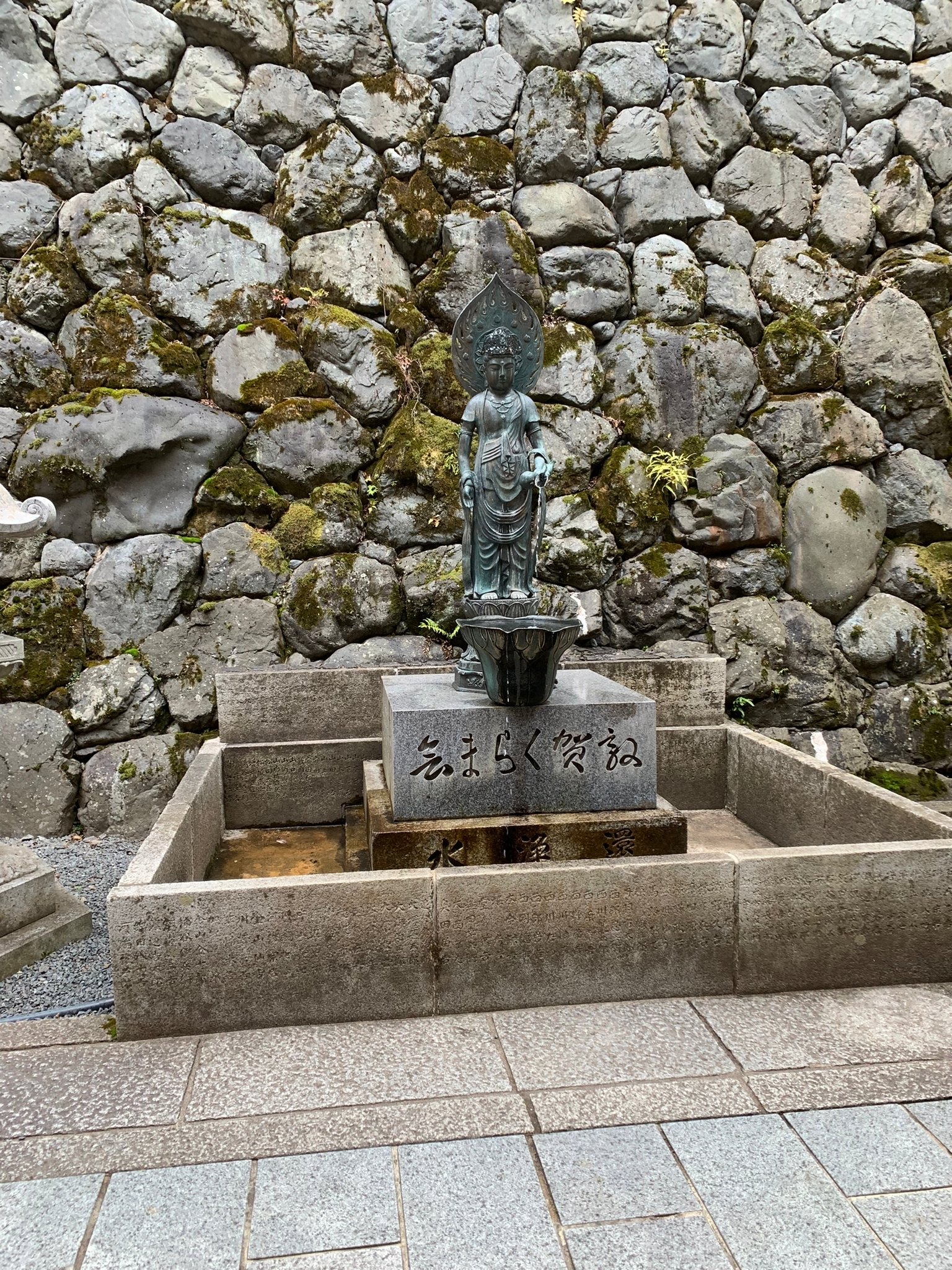

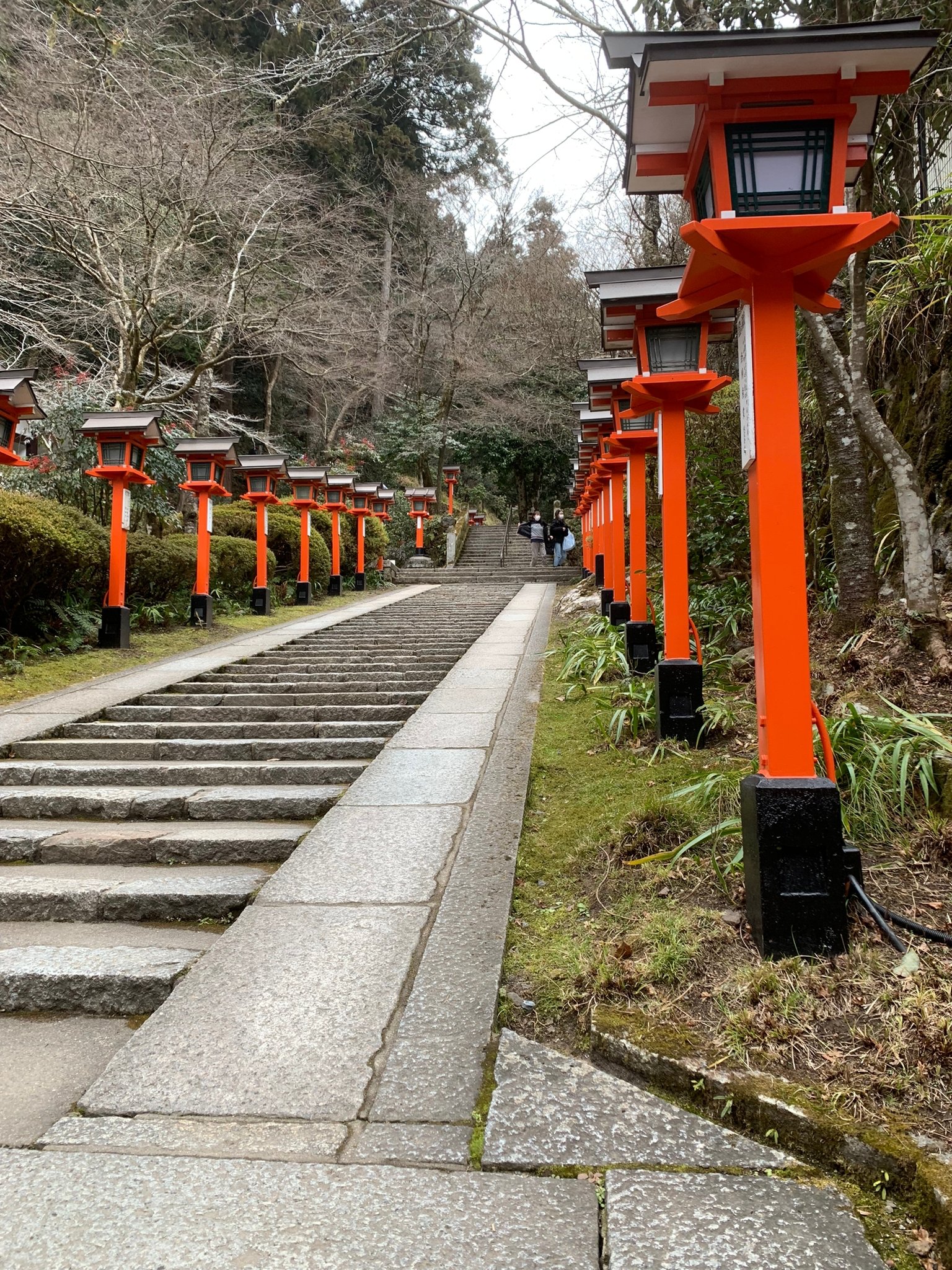
REIKI IN THE WEST
unknown, Usui told Hayashi that he should leave the Usui Reiki Ryoho Gakkai and start a new association. Hayashi then founded the “Hayashi Reiki Kenkyukai,” which means something like “Hayashi Reiki practice group.” We don’t know exactly why Usui made this request to Hayashi, but it was through Dr. Hayashi and his students, such as Ms. Takata, for example, that Reiki spread throughout the world. It is curious how this energy moved around! If Hayashi had remained in the Usui Association, there might only be about four hundred members practicing Reiki today around the world. We don’t know exactly why Usui made this request, but perhaps he had an intuition that it was important to have a branch, another school. What we do know is that there was no conflict or irresponsible departure from the Association. Hayashi Reiki Kenkyukai eventually became larger than Usui Reiki Ryoho Gakkai.
Usui died in March 1926, and Hayashi had good relationships and was a physician, which allowed him to practice Reiki more openly, giving him an advantage over others. He opened a clinic in Japan, which in the Japanese context means the place where a doctor attends, not a facility with hundreds of beds, for example. The clinic had only eight stretchers, not a very large space, but Hayashi was very skilled in Reiki and was very successful in healing. As a result, he was invited to teach Reiki throughout the country and began to form new groups in various Japanese cities.
Around 1935, Hawayo Takata, a Hawaiian-born American of Japanese descent, traveled to Japan to undergo surgery. The exact reasons for the surgery are not known. Before the operation, she says she heard a “voice” saying that the surgery was not necessary. She then asked the surgeon if there was any other method of healing, and he replied in the affirmative, but explained that the other treatment would require more time for recovery. It was then that she met Dr. Hayashi, who treated her for a year and she recovered her health. She expressed a desire to learn from him, but because she was American, it would be difficult for Dr. Hayashi to teach her, and furthermore, some people around her did not approve of the idea. However, Ms. Takata persisted, and at his insistence, Dr. Hayashi agreed to teach her, and even if he wanted to, the people around him didn’t like the idea very much. But Ms. Takata didn’t let it go and through her insistence Dr. Hayashi taught Ms. Takata who received her Reiki Teacher teaching in 1938. Returning home she invited Dr. Hayashi and there he gave several courses, initiated several people, and in 1940 he passed away.